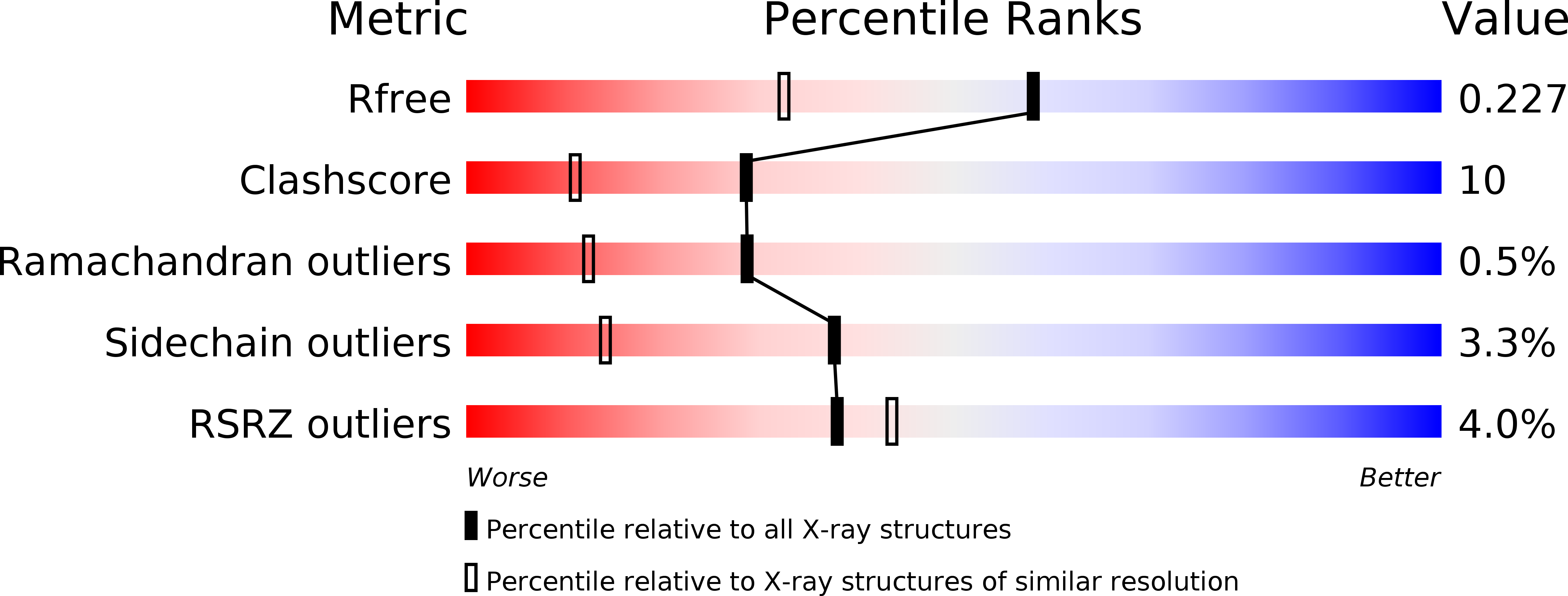
Deposition Date
2006-11-10
Release Date
2006-12-05
Last Version Date
2023-10-25
Entry Detail
PDB ID:
2NV0
Keywords:
Title:
Structure of the glutaminase subunit Pdx2 (YaaE) of PLP synthase from Bacillus subtilis
Biological Source:
Source Organism:
Bacillus subtilis (Taxon ID: 1423)
Host Organism:
Method Details:
Experimental Method:
Resolution:
1.73 Å
R-Value Free:
0.21
R-Value Work:
0.17
R-Value Observed:
0.18
Space Group:
P 21 21 21


